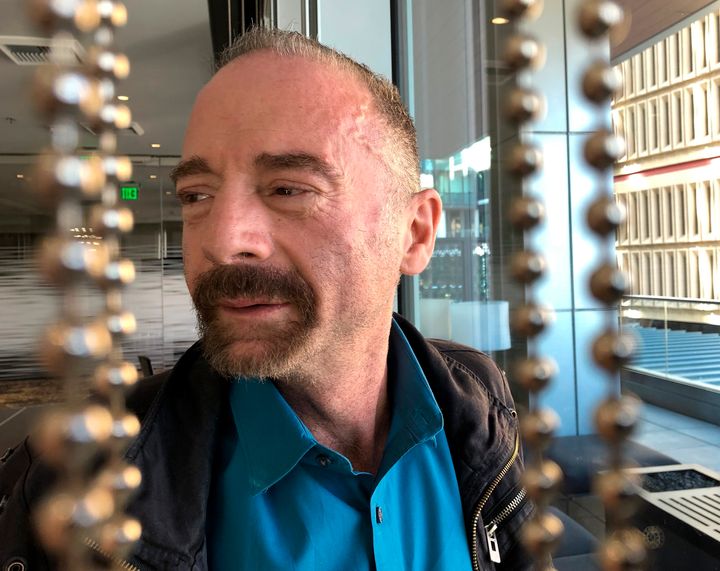A “London patient” appears to be free of the Aids virus after a stem cell transplant, doctors have claimed.
The therapy has been successful once before with “Berlin Patient” Timothy Ray Brown, a US man treated in Germany 12 years ago who is still free of HIV.
Until now, Brown is the only person thought to have been cured of infection with HIV, the virus that causes Aids.
Such transplants are dangerous and have failed in other patients. They are also impractical to try to cure the millions of people already infected.
The case was published online by the journal Nature and will be presented at an HIV conference in Seattle.
The patient, who has not been identified, was diagnosed with HIV in 2003 and started taking drugs to control the infection in 2012.

He developed Hodgkin lymphoma that year and agreed to a stem cell transplant to treat the cancer in 2016.
Doctors found a donor with a gene mutation that confers natural resistance to HIV.
About 1% of people descended from northern Europeans have inherited the mutation from both parents and are immune to most HIV. The donor had this double copy of the mutation.
That was “an improbable event,” said lead researcher Ravindra Gupta of University College London.
“That’s why this has not been observed more frequently.”
The transplant changed the London patient’s immune system, giving him the donor’s mutation and HIV resistance.
The patient voluntarily stopped taking HIV drugs to see if the virus would come back.
Usually, HIV patients expect to stay on daily pills for life to suppress the virus. When drugs are stopped, the virus roars back, usually in two to three weeks.
That did not happen with the London patient. There is still no trace of the virus after 18 months off the drugs.
Brown said he would like to meet the London patient and would encourage him to go public because “it’s been very useful for science and for giving hope to HIV-positive people, to people living with HIV,” he told the Associated Press.
Stem cell transplants typically are harsh procedures which start with radiation or chemotherapy to damage the body’s existing immune system and make room for a new one.
There are complications too. Brown had to have a second stem cell transplant when his leukaemia returned.
Compared to Brown, the London patient had a less punishing form of chemotherapy to get ready for the transplant, did not have radiation and had only a mild reaction to the transplant.
Dr Gero Hutter, the German doctor who treated Brown, called the new case “great news” and “one piece in the HIV cure puzzle”.
Dr Michael Brady, medical director at Terence Higgins Trust, said: “This is another breakthrough in our understanding of HIV transmission and a further step towards an HIV cure. While this story has, of course, resulted in a great deal of interest amongst people living with HIV it is important to emphasise that this individual cannot be considered to be “cured” of HIV yet and we are still some way off a cure being established for all those already living with HIV.”
“But what we are able to say with certainty is that through early diagnosis and access to treatment, you can live a long, healthy life with HIV and be confident you wont pass the virus to your sexual partners. With regular testing, condoms, pre-exposure prophylaxis (PrEP) and the fact that people on effective HIV treatment cannot pass on the virus, we have the ability to completely prevent new HIV transmissions.”
“Today’s news is a welcome development for many people living with HIV, but we must not take our eye off the ball in ensuring we use the tools we already have that can help us towards zero new transmissions.”

